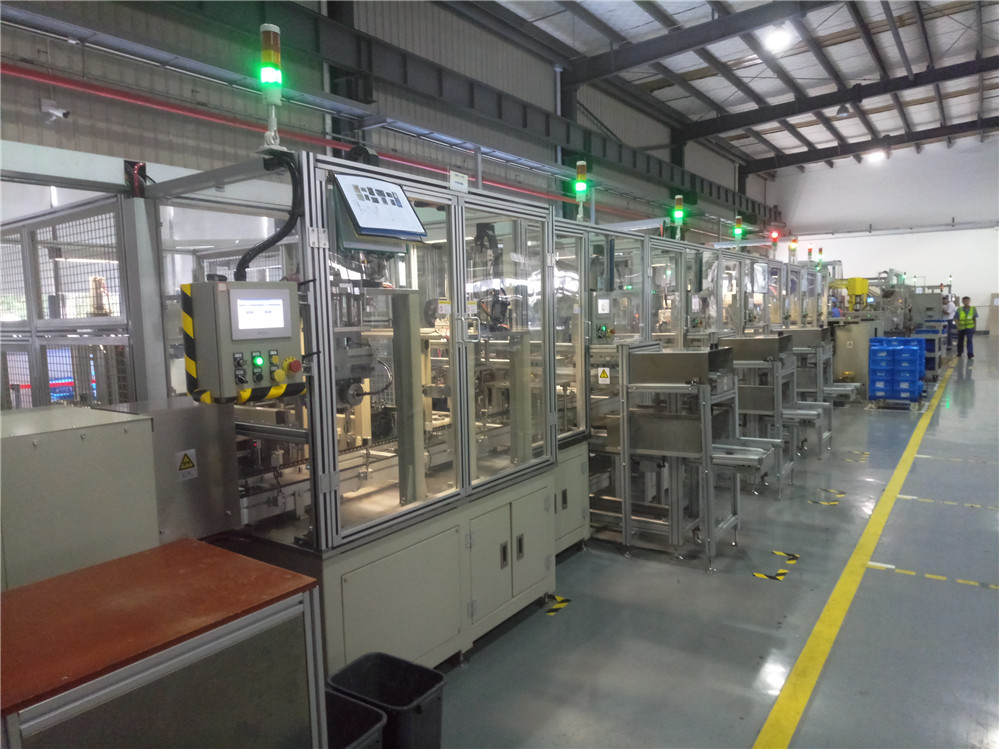Square voice coil motor assembly solution
July 07, 2021
A linear motor is a transmission that converts electrical energy directly into linear motion mechanical energy without the need for any intermediate conversion mechanism. It can be seen as a rotary motor cut in radial direction and developed into a plane.

The side evolved from the stator is called the primary, and the side evolved from the rotor is called the secondary. In practice, the primary and secondary are manufactured to different lengths to ensure that the coupling between the primary and the secondary remains constant over the desired range of travel. The linear motor may be a short primary length secondary, or it may be a long primary short secondary. Taking into account manufacturing costs and operating costs, a linear induction motor is used as an example: When the primary winding is fed into an AC power source, a traveling wave magnetic field is generated in the air gap, and when the secondary is cut by a traveling wave magnetic field, an electromotive force is induced and a current is generated. This current, which interacts with the magnetic field in the air gap, generates electromagnetic thrust. If the primary is fixed, the secondary performs a linear motion under the action of thrust; otherwise, the primary performs a linear motion. Linear motor drive control technology A linear motor application system must not only have a good linear motor, but also must have a control system that can achieve technical and economical requirements under safe and reliable conditions. With the development of automatic control technology and microcomputer technology, more and more linear motor control methods.
The study of linear motor control technology can be basically divided into three aspects: First, the traditional control technology, the second is the modern control technology, and the third is the intelligent control technology. Traditional control techniques such as PID feedback control and decoupling control have been widely used in AC servo systems. PID control contains information in the dynamic control process and has strong robustness. It is the most basic control method in the AC servo motor drive system. In order to improve the control effect, decoupling control and vector control techniques are often used. Under the condition that the object model is determined, unchanged and linear, and the operating conditions and operating environment are fixed, the use of traditional control techniques is simple and effective. However, in high-performance applications where high-precision microfeeds are used, changes in the structure and parameters of the object must be considered. Various nonlinear effects, changes in the operating environment, and environmental disturbances such as time-varying and uncertain factors can achieve satisfactory control results. Therefore, modern control technology has attracted much attention in the research of linear servo motor control. Common control methods include: adaptive control, sliding mode variable structure control, robust control and intelligent control. Mainly combines the existing mature control methods such as fuzzy logic, neural network, PID, and H∞ control to learn from each other to obtain better control performance.



